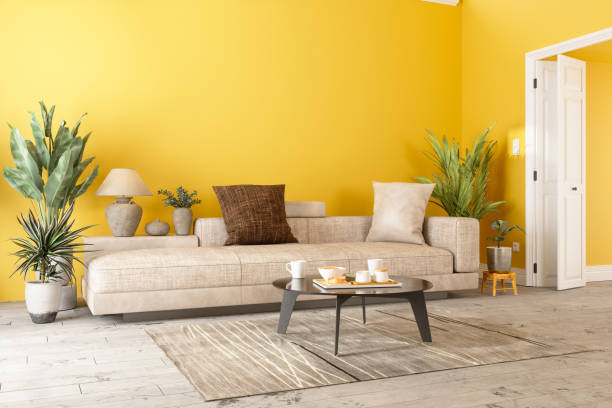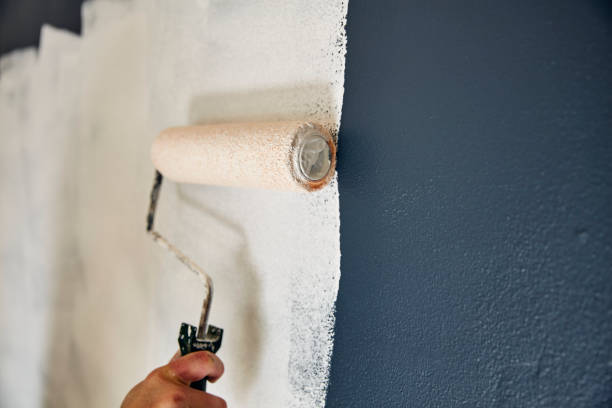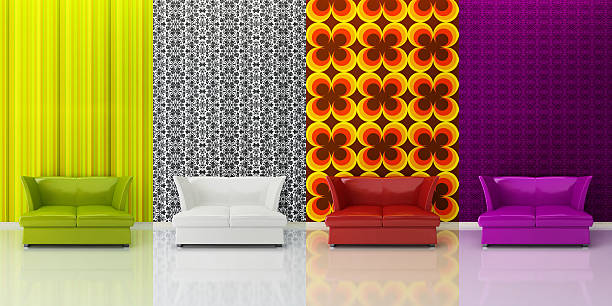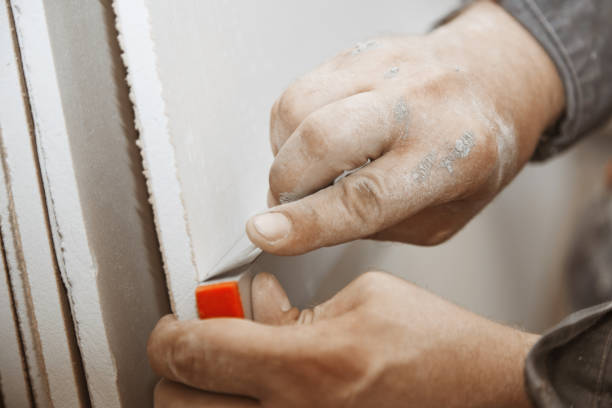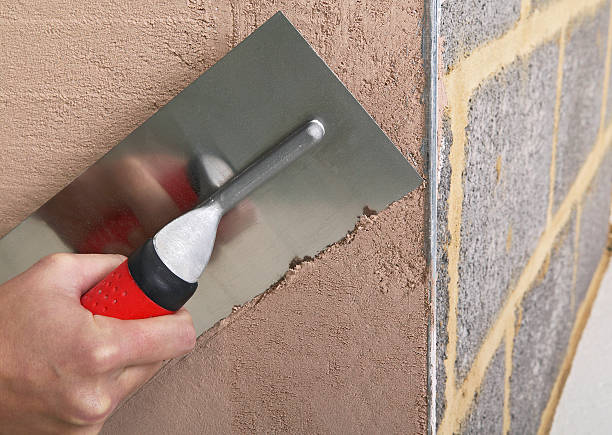New Technologies in Construction: 3D Printing and Modular Construction
Construction is one of the most important sectors in the world, as it is responsible for developing safe and comfortable spaces for people. Since ancient times, the techniques to build houses, buildings, and structures have been evolving, and today, thanks to the advancement of technology, new and innovative techniques have been created. In this article we will talk about two of them: 3D printing and modular construction.
3D Printing in Construction
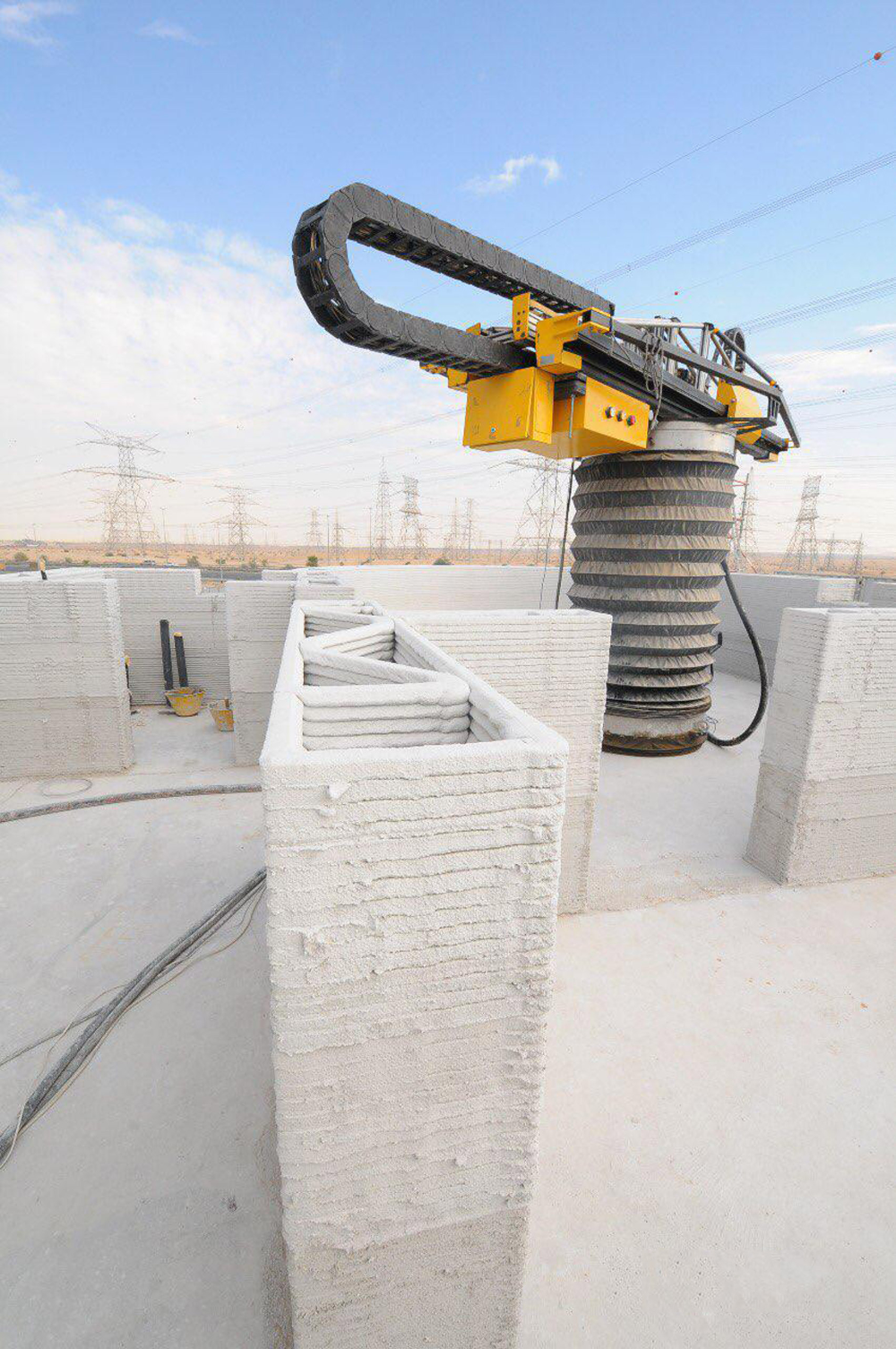
3D printing is a technique that involves the creation of three-dimensional objects through the use of a printer. In construction, this technique is used to print materials such as bricks, cement, plaster and other building materials.
Advantages of 3D Printing in Construction
3D printing in construction has many advantages. First of all, it makes it possible to reduce construction time and costs by 50%. In addition, buildings and structures built with 3D printing are more durable and resistant, since the materials used are of high quality. Another advantage is that 3D printing is a sustainable and environmentally friendly process, as it reduces the amount of waste and uses less energy than traditional construction processes.
Modular Construction
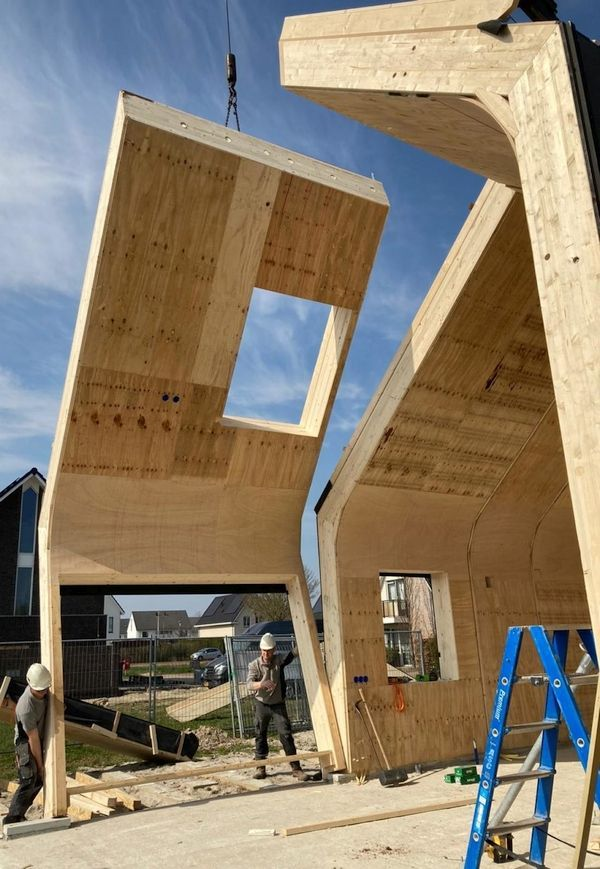
Modular construction is another innovative technique in the world of construction. This technique involves the creation of prefabricated modules that are assembled at the construction site to create buildings and structures.
Benefits of Modular Construction
Modular construction has several advantages. First, it allows for faster construction, as the modules are manufactured in a factory and then transported to the construction site. In addition, it also allows for greater flexibility in terms of design, as the modules are easily customizable to suit the needs of the project. Another advantage of modular construction is that it is a sustainable technique, as it reduces the amount of waste and uses less energy compared to traditional construction.

